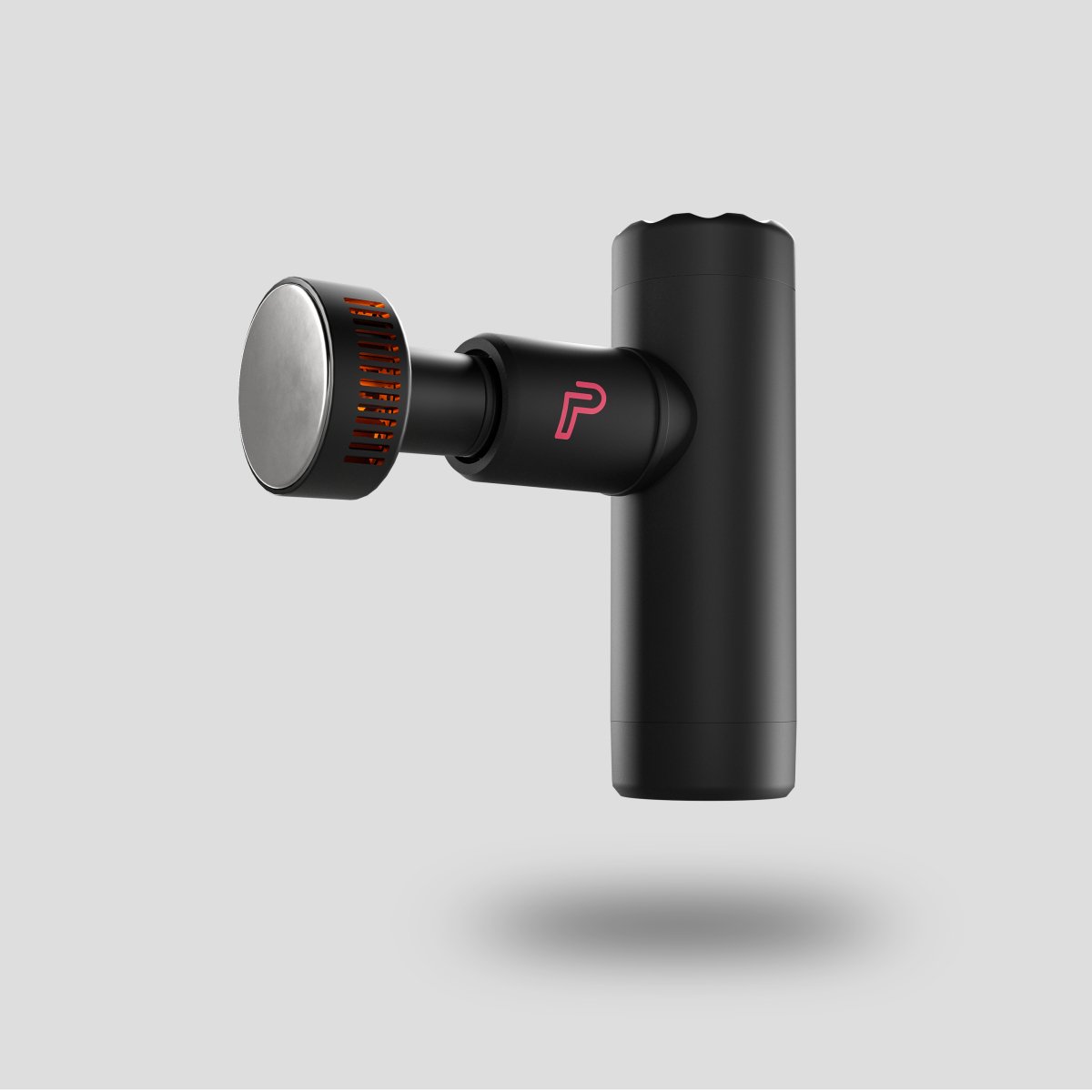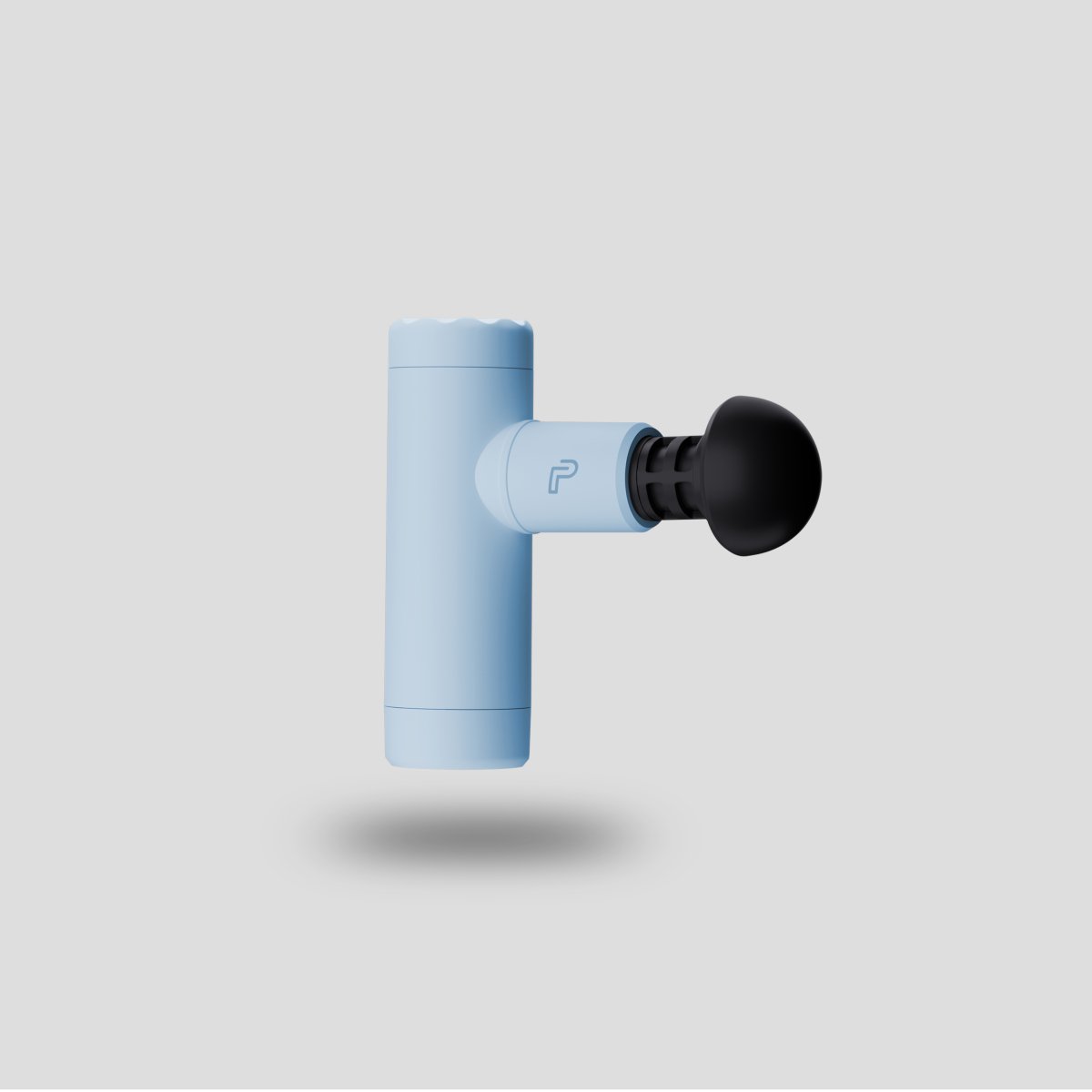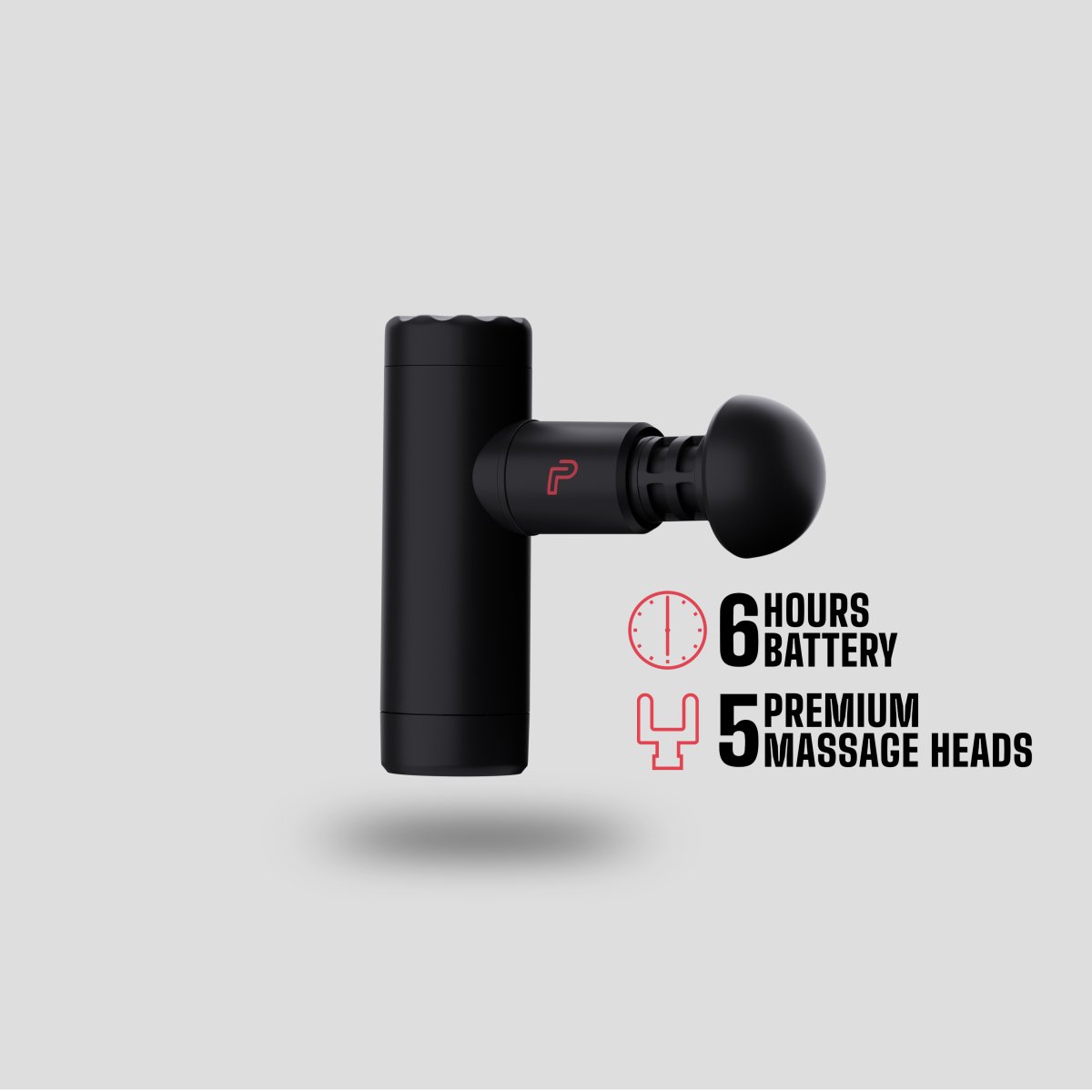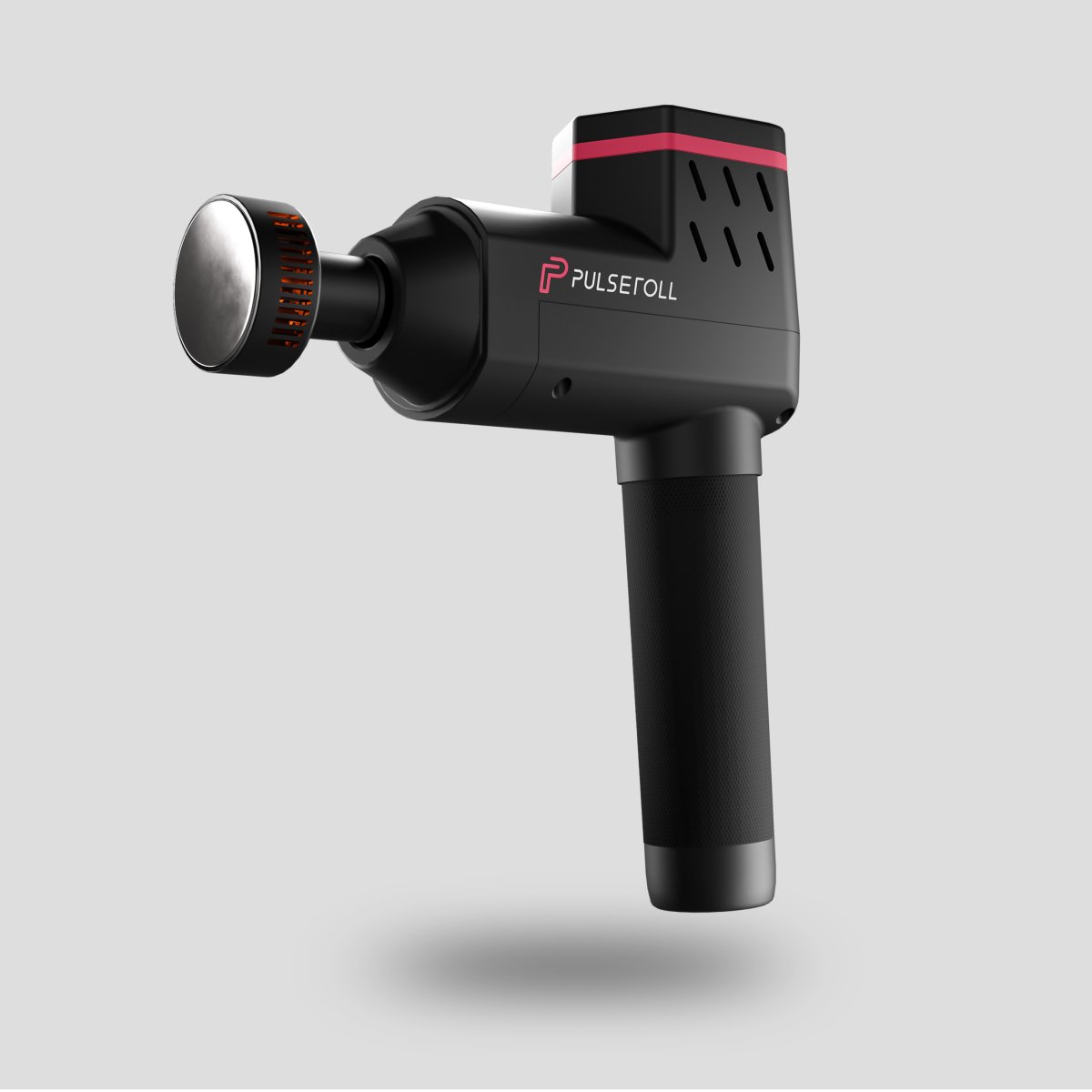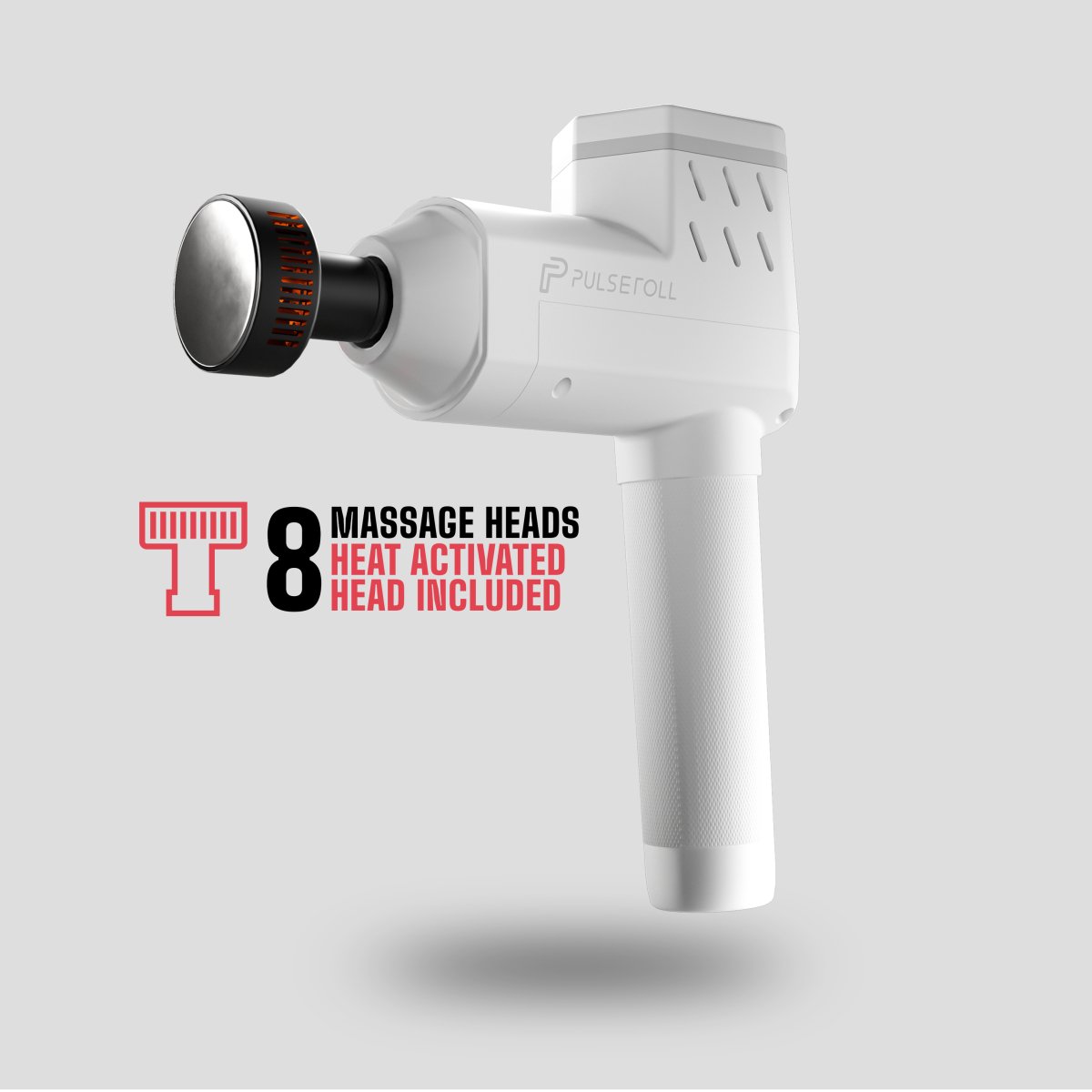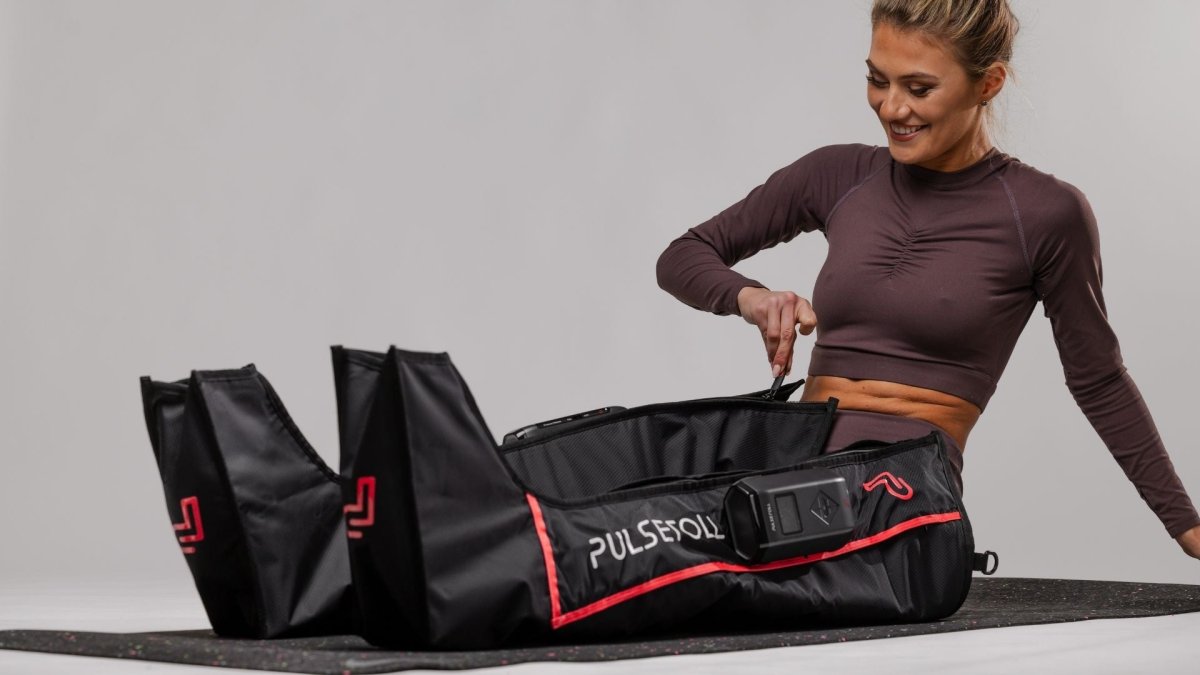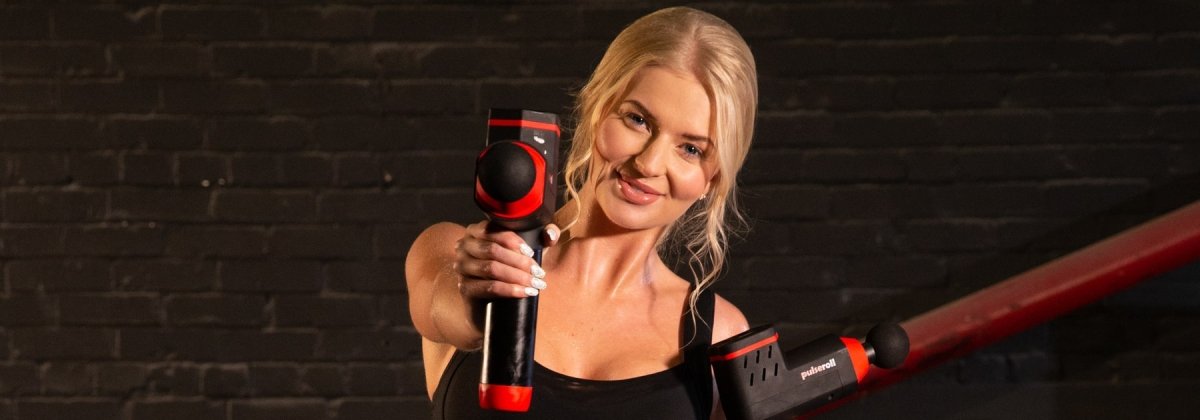What causes muscle soreness?
The technical term for muscle soreness after exercise is DOMS (delayed onset muscle soreness). It’s normal to feel sore after trying new exercises or increasing the intensity and weights in your workout.
Reducing muscle soreness is one of the reasons we developed the best massage gun on the market.
It is not actually caused by lactic acid build up as most people think, as lactic acid only lasts in your muscles for 1 – 2 hours after exercise. Resistance training causes the muscle fibres to tear, which inflames the area. This is what hurts so much! This is how we build muscle, as the muscle tears after a workout, then it rebuilds itself stronger than before.
Who can it affect?
DOMS can affect anyone! Even people who have been training for years, as long as they are changing and improving their workouts the muscles will continue to tear and rebuild. But don’t worry, as the muscles get used to the new pressure being placed on them, they will get used to it and the soreness will ease.
How long can it last?
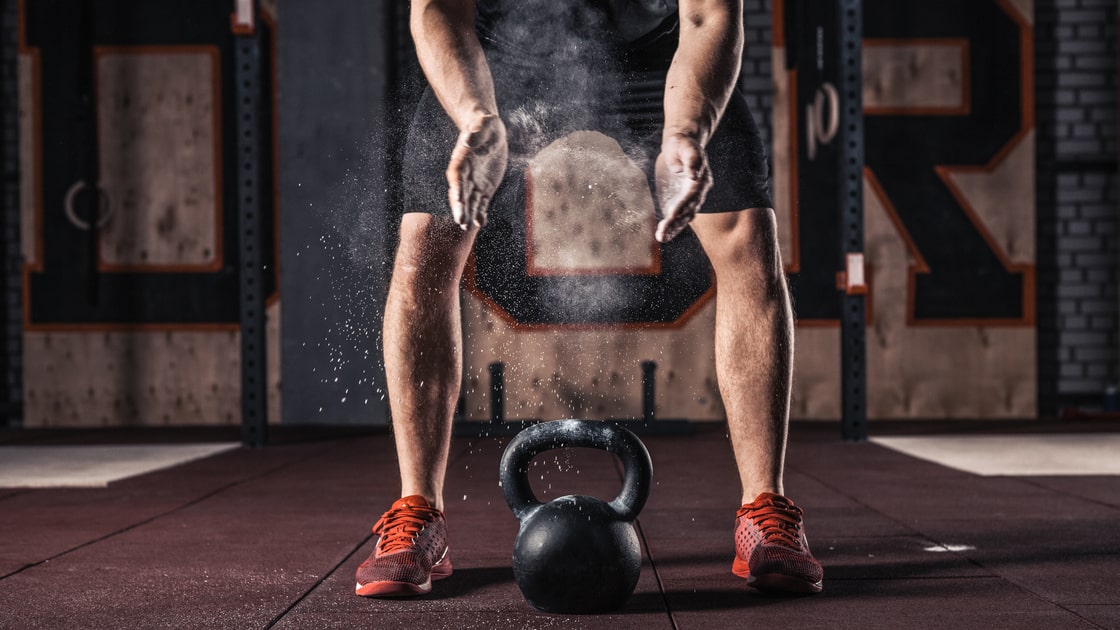
DOMS can last from 3 – 5 days after the workout. Ouch! But don’t let that stop you from exercising, it can be severe or quite mild depending on the amount of strain you placed on the muscle. This muscle pain shouldn’t be confused with acute muscle soreness, which is the pain felt in the muscles during exercise and immediately after.
How can it be treated?

As much as an ice bath and muscle cream can help, the most effective way to treat DOMS is to foam roll on a regular basis. A Pulseroll vibrating foam roller works by getting deep into the muscle tissue without having to physically roll much at all, the vibrations do all the work! Vibrating foam rollers provide myofascial release which eases pain by relaxing contracted muscles, improving blood flow, and stimulating the stretch and reflex muscles.
So, are sore muscles after a workout really a good sign?
You can still have an effective workout even if you don’t experience DOMS after. Yes it’s a good indicator to see if you’ve pushed yourself to do more and perform better, but it doesn’t necessarily mean you’ve had an effective workout. The myth that more soreness means more growth isn’t completely true. Muscle soreness is a sign your body has done something it’s not used to doing, to put it in basic terms. Likewise, feeling no soreness doesn’t mean your muscles aren’t growing.






